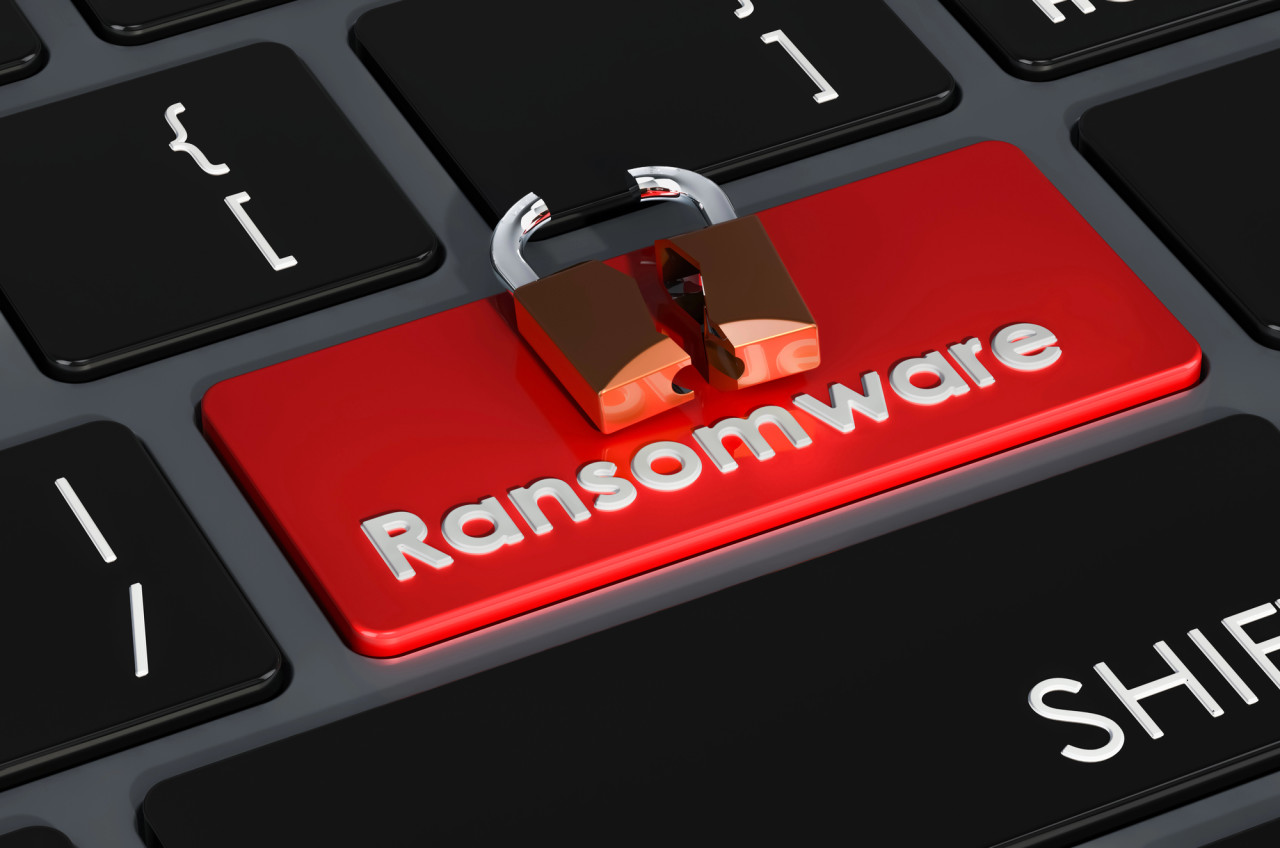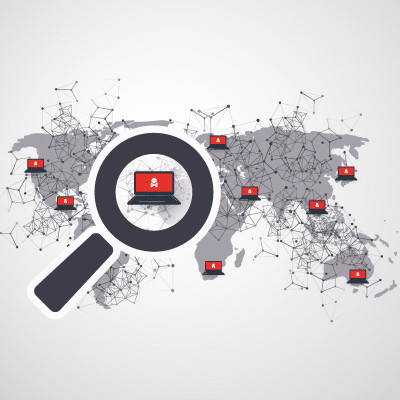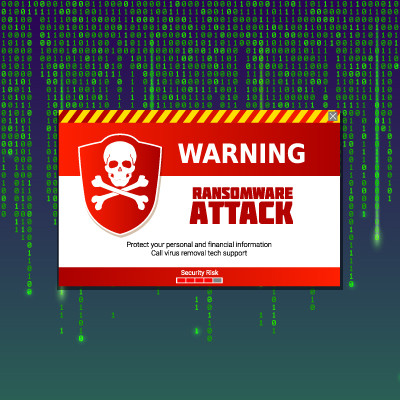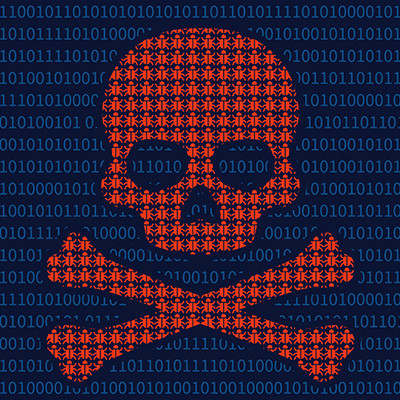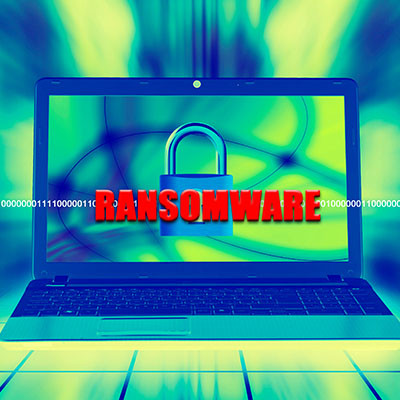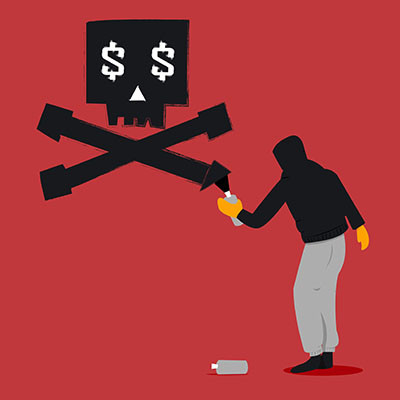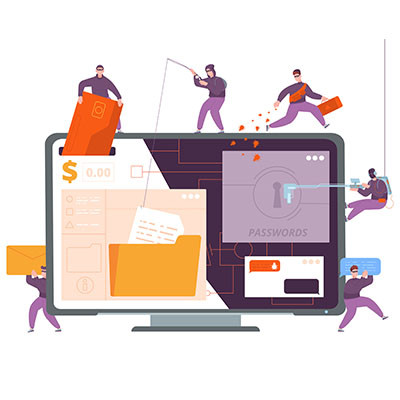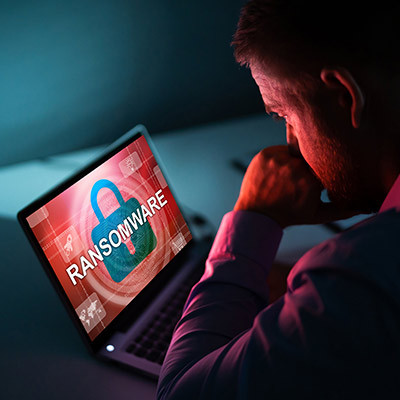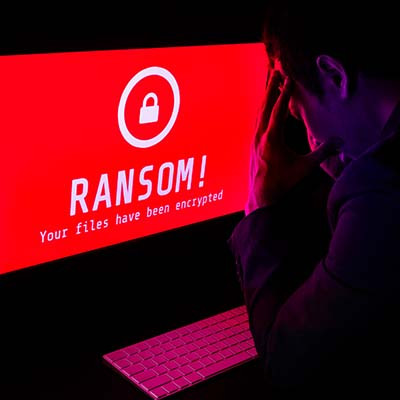Every day, companies risk getting hit by ransomware. This can stop their workflow, steal their info, and force them to pay a ransom. A single overlooked update or a misleading email link is all it takes for cybercriminals to lock your files. For small teams, these threats can feel impossible to tackle; for larger organizations, the stakes are even higher, requiring robust enterprise ransomware protection to keep everyone safe. Whether you’re looking for simple ransomware protection tips or a complete solution, having a ransomware protection guide makes all the difference.
From straightforward steps to avoid ransomware to proven methods for mitigating these attacks, practical guidance helps you stay ahead and minimize downtime and costs. With the right support, you’ll know exactly how to protect yourself from ransomware and establish effective containment strategies. Frustrated by ransomware risks, constant alerts, or not knowing if your business is truly protected? Our Jacksonville-based Managed IT Services team delivers real solutions, fast response, and peace of mind. Don’t wait and secure your systems with us today.
In this blog, we will explore why protecting yourself from ransomware is important and then outline some critical strategies for effective ransomware protection.


